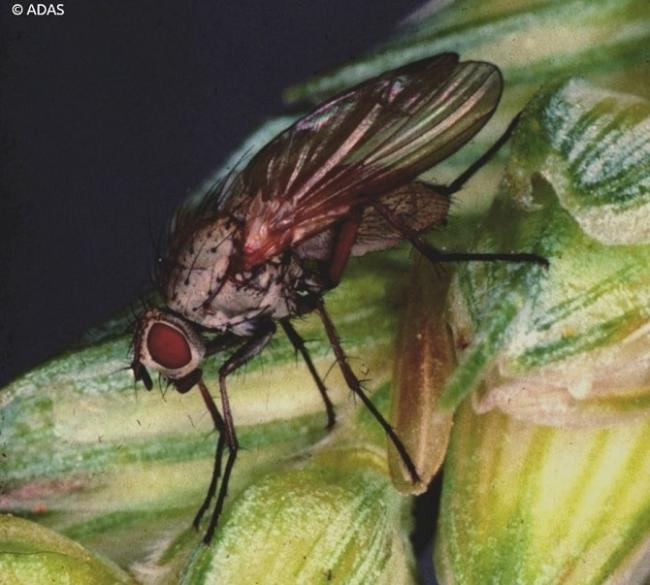Planning ahead for Spring crops – March 2020
19 March 2020Planning ahead
With wheat bulb fly egg underway and slugs increasing their activity, these and other pests are potential threats to crops yet to go in the ground.
Leatherjackets will make their presence felt in crops sown after grass, and with the loss of chlorpyrifos options for management are limited. If possible, plough in the grass ley at least two months before the anticipated sowing date of the spring crop, although ground conditions are not helping in this endeavour. Leatherjackets will start feeding voraciously in March and die because of lack of food. The act of ploughing and winter kill, especially with the wet winter we have experienced, will hopefully knock back leatherjacket populations to less damaging levels.
Wireworm feeding will begin when soil temperatures are on the rise, and free-living nematodes will graze on the roots of crops.
Note that crops sown in fields that have been in fallow or after winter cover crops could be harbouring a wide range of pests in addition to the above (e.g. aphids/BYDV). Consequently, growers of crops to be sown in the spring should be prepared.
Soil samples can be taken to assess leatherjacket and wireworm populations along with free-living nematode populations in fields planned for field vegetables, carrots, potatoes, soft fruit and cereals.
Sign up to the FAS newsletter
Receive updates on news, events and publications from Scotland’s Farm Advisory Service

